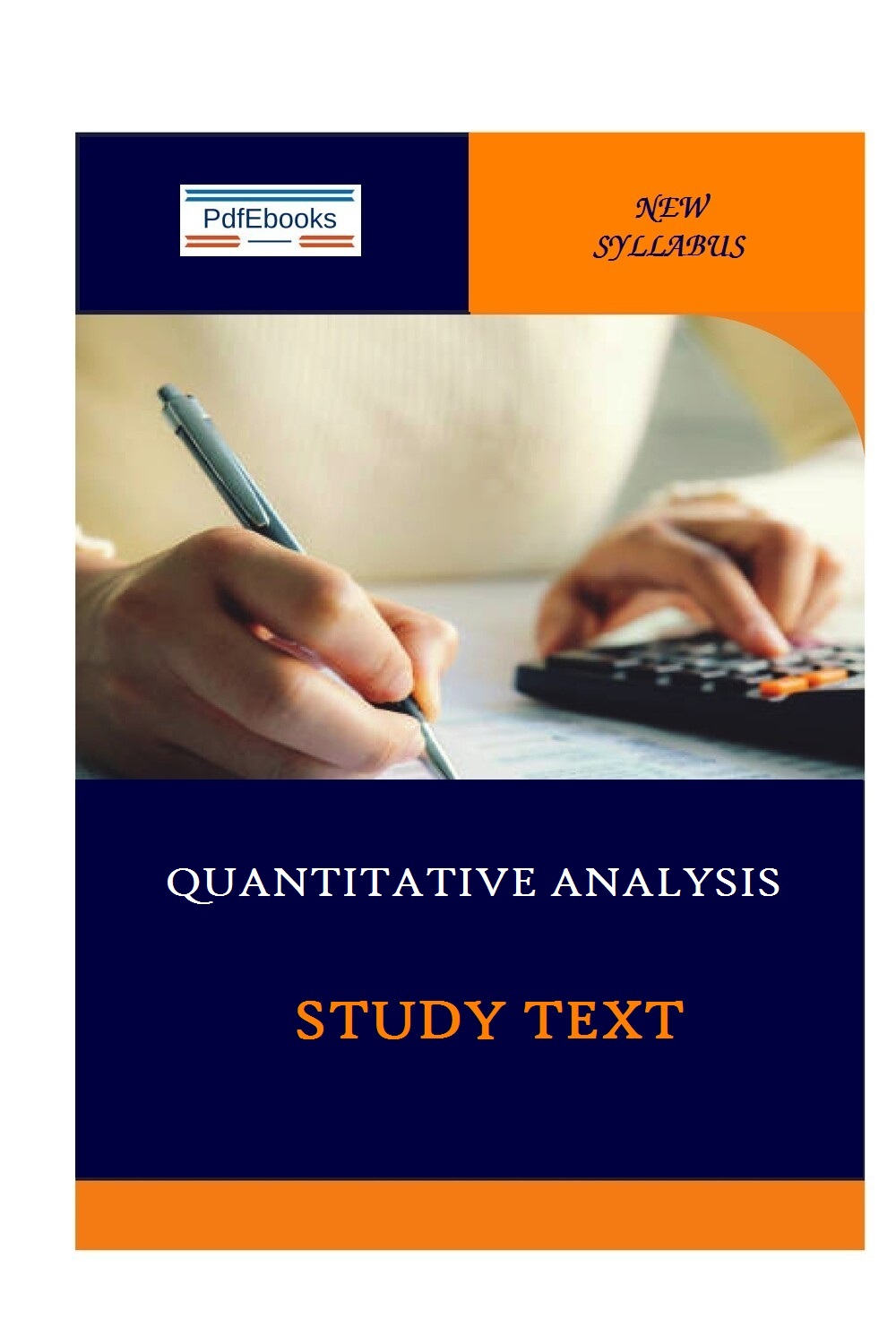
1. Mathematical Techniques
- 1.1 Functions
- 1.1.1 Definition
- 1.1.2 Functions, equations, inequalities and graphs; linear, quadratic, cubic, Exponential and logarithmic functions
- 1.1.3 Application of mathematical functions in solving business problems
1.2 Matrix Algebra
- 1.2.1 Definition
- 1.2.2 Types and operations (addition, subtraction, multiplication, transposition and inversion of up to order 3×3)
- 1.2.3 Application of matrices; statistical modelling, Markov analysis, input-output analysis and general applications
1.3 Calculus
1.4 Differentiation
- 1.4.1 Definition
- 1.4.2 Rules of differentiation (general rule, chain, product, quotient)
- 1.4.3 Differentiation of exponential and logarithmic functions
- 1.4.4 Turning points (maxima, minima and inflexion)
- 1.4.5 Application of differentiation to business problems
1.5 Integration
- 1.5.1 Definition
- 1.5.2 Rules of integration (general rule)
- 1.5.3 Integration of exponential and logarithmic functions
- 1.5.4 Applications of integration to business problems
- 1.6.1 Measures of central tendency: mean: arithmetic mean, weighted arithmetic mean; geometric mean, harmonic mean, median and mode
- 1.6.2 Measures of dispersion: range, quartile, deciles, percentiles, mean deviation, standard deviation and coefficient of variation
- 1.6.2.1 Measures of skewness: Pearson’s coefficient of skewness, product coefficient of skewness
- 1.6.2.2 Measures of kurtosis: Pearson’s coefficient of kurtosis, product coefficient of kurtosis
- Probability
- 2.1 Set Theory
- 2.2 Definition
- 2.3 Types of sets
- 2.4 Set description; enumeration and descriptive properties of sets
- 2.5 Venn diagrams (order – Venn diagrams precede operation of sets)
- 2.6 Operations of sets; union, intersection, complement and difference
2.7 Probability Theory and Distribution
- 2.7.1 Probability Theory
- 2.7.2 Definitions; event, outcome, experiment, sample space, probability space
- 2.7.3 Types of events: elementary, compound, dependent, independent, mutually exclusive, exhaustive, mutually inclusive
- 2.7.4 Laws of probability; additive and multiplicative laws
- 2.7.5 Conditional probability and probability trees
- 2.7.6 Expected value, variance, standard deviation and coefficient of variation using frequency and probability
- 2.7.7 Application of probability and probability distributions to business problems
2.8 Probability Distributions
- 2.8.1 Discrete and continuous probability distributions Z, F, test statistics (geometric, uniform, normal, t distribution, binomial, Poisson and exponential and chi-square)
- 2.8.2 Application of probability distributions to business problems
- Hypothesis Testing and Estimation
- 3.1 The arithmetic mean and standard deviation
- 3.2 Hypothesis tests on the mean (when population standard deviation is unknown)
- 3.3 Hypothesis tests on proportions
- 3.4 Hypothesis tests on the difference between two proportions using Z and t statistics
- 3.5 Chi-Square tests of goodness of fit and independence
- 3.6 Hypothesis testing using R statistical software
- Correlation and Regression Analysis
- 4.1 Correlation Analysis
- 4.1.1 Scatter diagrams
- 4.1.2 Measures of correlation – product-moment and rank correlation coefficients (Pearson and Spearman) using R software
- Regression Analysis
- 5.1.1 Simple and multiple linear regression analysis
- 5.1.2 Assumptions of linear regression analysis
- 5.1.3 Coefficient of determination, standard error of the estimate, standard error of the slope, t and F statistics
- Time series
- 6.1 Definition of time series
- 6.2 Components of time series (circular, seasonal, cyclical, irregular/ random, trend)
- 6.3 Application of time series
- 6.4 Methods of fitting trend; freehand, semi-averages, moving averages, least-squares methods
- 6.5 Models – additive and multiplicative models
- 6.6 Measurement of seasonal variation using additive and multiplicative models
- 6.7 Forecasting time series value using moving averages, ordinary least squares method and exponential smoothing
- Linear programming
- 7.1 Definition of decision variables, objective function and constraints
- 7.2 Assumptions of linear programming
- 7.3 Solving linear programming using graphical method
- 7.4 Solving linear programming using simplex method (basic scenarios)
- Decision Theory
- 8.1 Definition
- 8.2 Decision-making process
- 8.3 Decision-making environment; deterministic situation (certainty)
- 8.4 Decision making under risk – expected monetary value, expected opportunity loss, risk using the coefficient of variation, the expected value of perfect information
- 8.5 Decision trees – sequential decision, the expected value of sample information
- 8.6 Decision making under uncertainty – maximin, maximax, minimax regret, Hurwicz decision rule, Laplace decision rule.
(Visited 308 times, 1 visits today)
